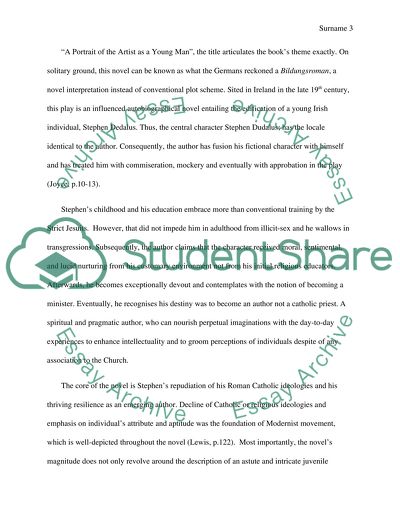Cite this document
(“What Is According To Joyce In The Portrait Of The Artist The Role Of Term Paper”, n.d.)
What Is According To Joyce In The Portrait Of The Artist The Role Of Term Paper. Retrieved from https://studentshare.org/literature/1469380-what-is-according-to-joyce-in-the-portrait-of-the
What Is According To Joyce In The Portrait Of The Artist The Role Of Term Paper. Retrieved from https://studentshare.org/literature/1469380-what-is-according-to-joyce-in-the-portrait-of-the
(What Is According To Joyce In The Portrait Of The Artist The Role Of Term Paper)
What Is According To Joyce In The Portrait Of The Artist The Role Of Term Paper. https://studentshare.org/literature/1469380-what-is-according-to-joyce-in-the-portrait-of-the.
What Is According To Joyce In The Portrait Of The Artist The Role Of Term Paper. https://studentshare.org/literature/1469380-what-is-according-to-joyce-in-the-portrait-of-the.
“What Is According To Joyce In The Portrait Of The Artist The Role Of Term Paper”, n.d. https://studentshare.org/literature/1469380-what-is-according-to-joyce-in-the-portrait-of-the.


